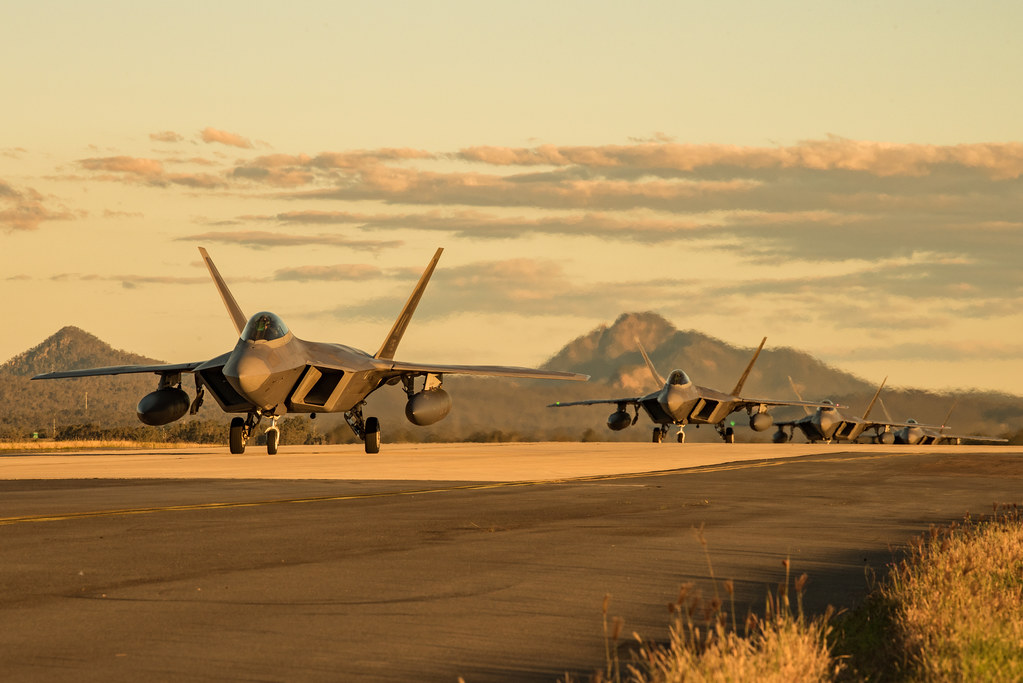
“The best combat aircraft ever developed” this is how the U.S. Air Force once promoted the F-22 Raptor. Designed in the later stages of the Cold War, it brought together stealth, supercruise, and unprecedented maneuverability to dominate the air. But even as it earned its fearsome reputation, the Raptor’s tale is one of thwarted dreams, expensively made choices, and changing threats that reveal its weak points.

Designed for a post-Cold War geopolitical environment that closed down before it could demonstrate its value, the F-22 is still potent but increasingly struggling. From budget to technology, its limitations are structuring the debate about whether America’s top air superiority fighter can stay current against the threat of sixth-generation designs. The following are five fatal flaws that have limited the Raptor’s potential.
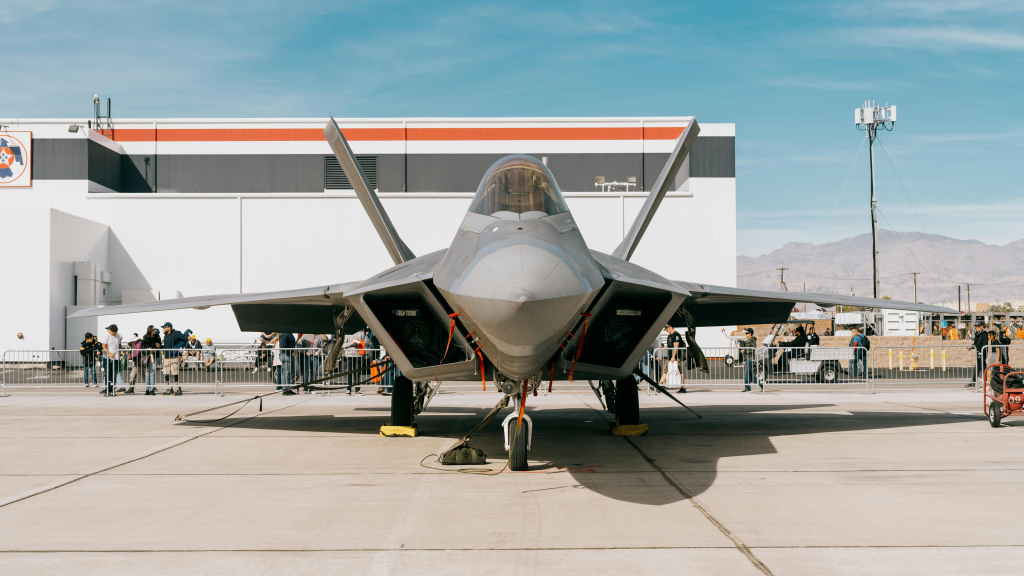
1. Sky-High Costs and a Shrinking Fleet
The F-22 program cost more than $67 billion and each plane cost approximately $185 million in acquisition and nearly $350 million once research and development are factored in. Initially planned to be a fleet of 750 planes, changed priorities and congressional resistance reduced production to 187 operational Raptors.
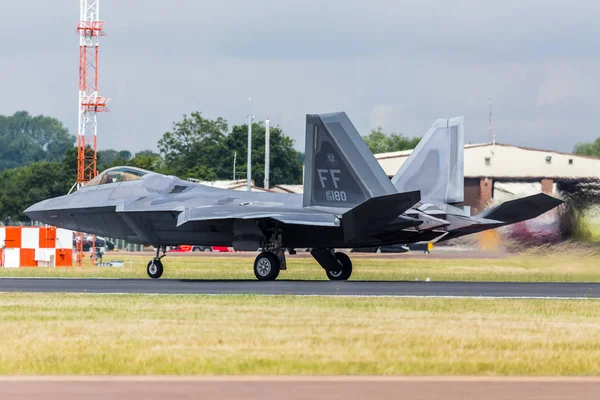
This depleted force compromises the Air Force’s capacity for air superiority in multiple theaters. Lack of export sales prohibited by law hindered economies of scale, maintaining high unit costs and heavy sustainment loads. In FY2020 alone, maintenance totaled over $1.6 billion, a number made larger by the fleet’s small size and maintenance particularism.
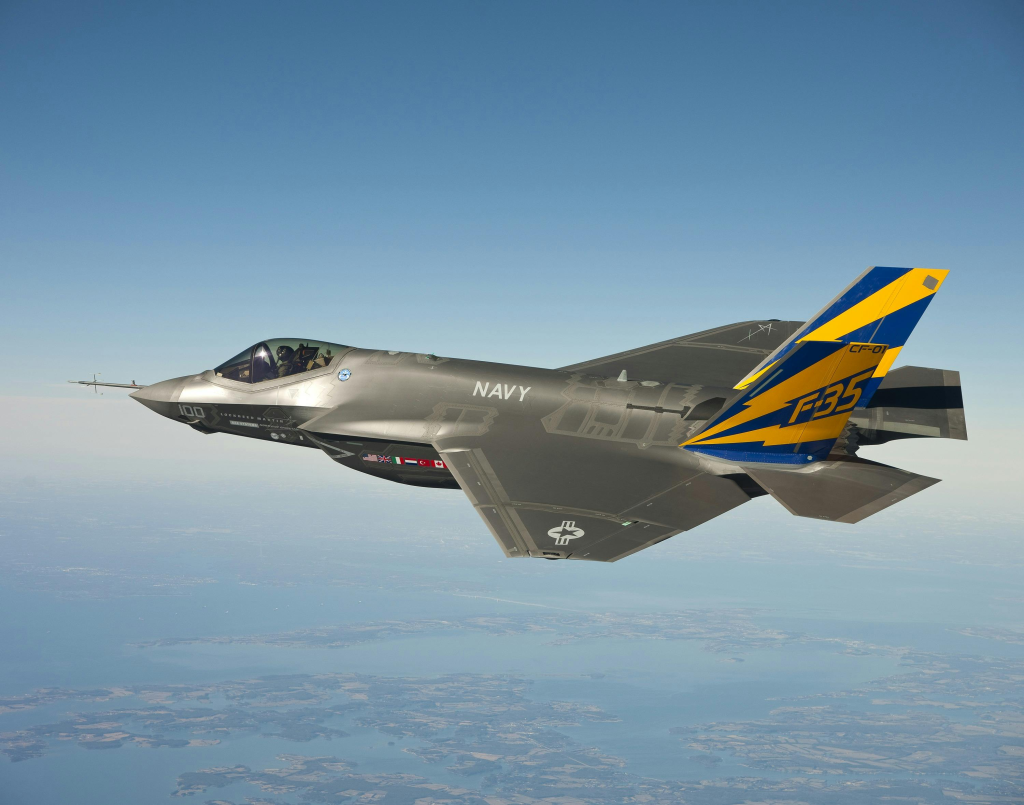
2. Limited Mission Profile
With the intention of being for exclusive air superiority, F-22’s multirole role is limited. Its internal bay weapons, essential to stealth, limit ground attack payload choices. Although precision-guided munitions can be delivered, it cannot compete with the flexibility of aircraft like the F-35. Lack of a carrier-capable model also limits deployment in joint operations with naval aviation. At a time that values flexibility, the Raptor’s specialist role creates holes in force integration.
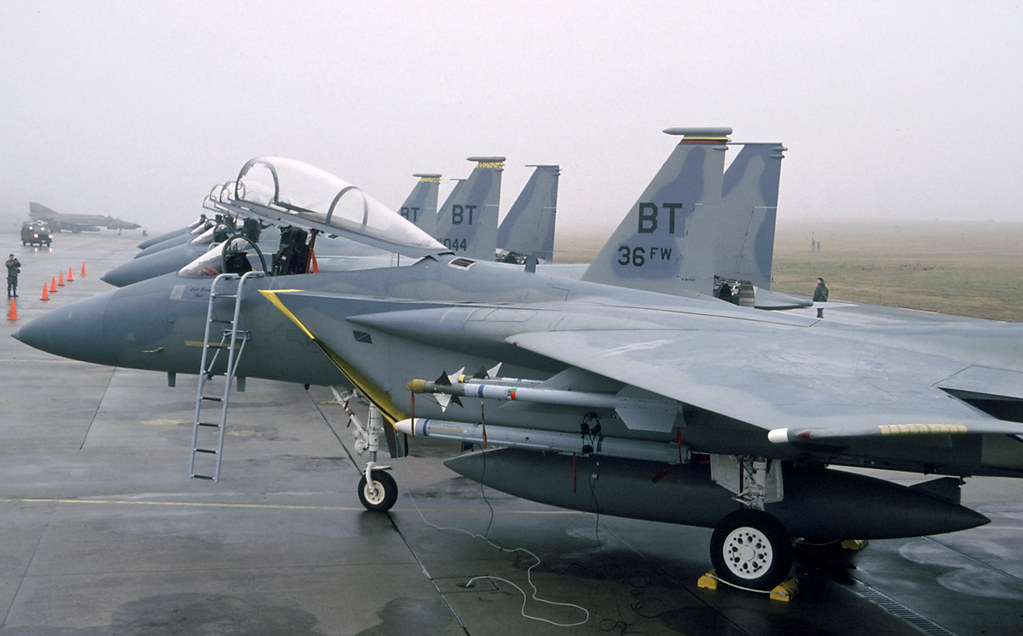
3. Maintenance-Intensive Stealth
The Raptor’s low observable capabilities rely on radar-absorbent coatings that deteriorate from operational use and environmental conditions. These coatings require high maintenance more than 30 man-hours of maintenance per flight hour—well beyond legacy aircraft such as the F-15. The vulnerability of its stealth skin limits deployment to austere environments and drives up sustainment costs. Development of more rugged materials, such as 1,800°C heat-resistant ceramic radar-absorbent composites, would lower this expenditure, but such technology is in its infancy.
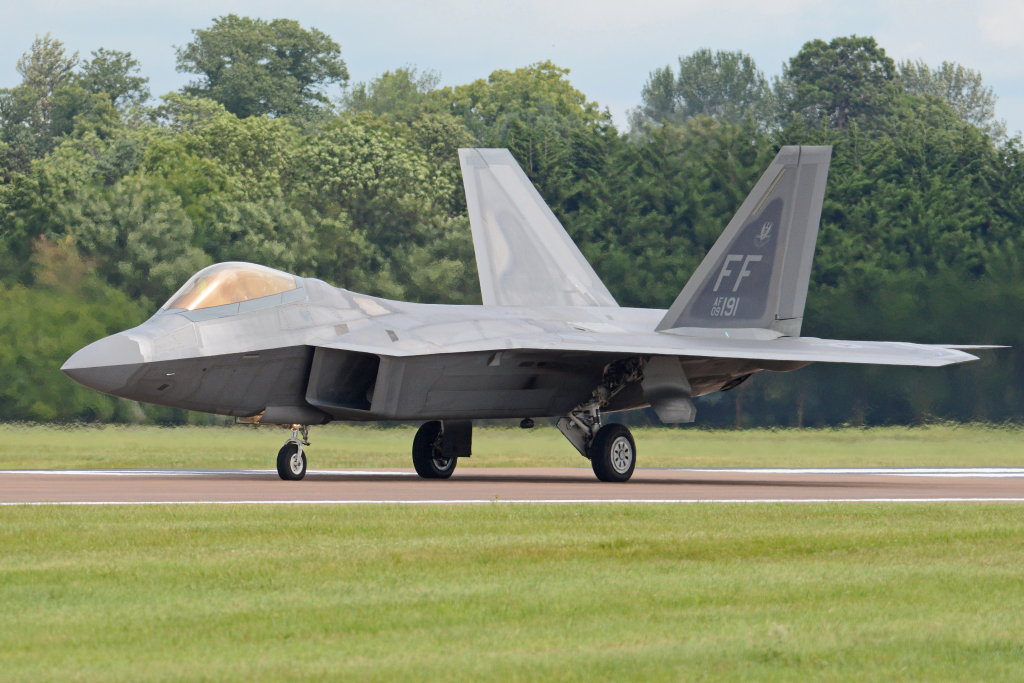
4. Aging Technology and Slow Upgrades
The F-22 became operational in 2005, and its closed system has made it hard to modernize quickly. In contrast to the F-35’s block upgrade program, the Raptor has been subjected to comparatively few big changes. It still does not have helmet-mounted displays, although integration of Thales’ Scorpion HMD is ongoing, and only recently started to get podded infrared search and track sensors. Internal avionics operate on aging processors, creating difficulty in integrating new sensors. In the absence of an overall upgrade program, the Raptor could fall behind competitors deploying newer aircraft with more advanced sensor fusion and networked targeting.

5. Designed for the Wrong War
Designed to combat advanced Soviet fighters, the F-22 came on stream as the United States transitioned to counterinsurgency operations in Iraq and Afghanistan, where its potential was seldom tapped. Political and strategic re-evaluations resulted in 2009 production closure. Today, with the revival of great power competition, some analysts say stopping production was too early. But the harm is done the line is shut down, and work is focusing on its replacement, the F-47 sixth-generation fighter, which is slated to have a combat radius of more than 1,000 nautical miles and feature autonomous drone wingmen.

The F-22 Raptor is still a powerful symbol of American airpower, but its weaknesses are no longer theoretical they are actual operational realities. Its high expense, limited number in the fleet, limited mission set, maintenance loads, and aging systems have taken its edge.
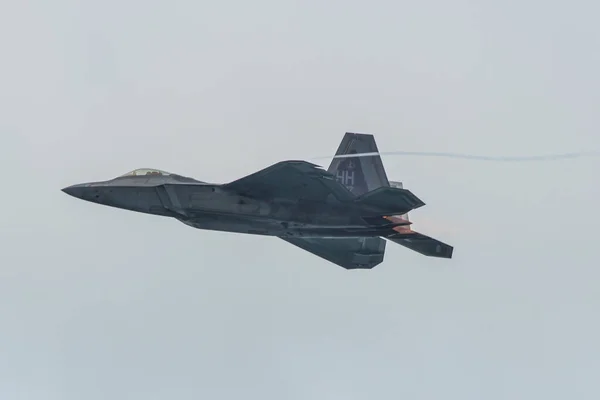
As the Air Force invests in bridging upgrades and looks ahead to the F-47 era, the Raptor’s legacy will be shaped not only by its unparalleled performance in the skies, but by the lessons learned in balancing capability, versatility, and affordability in future fighter design.


